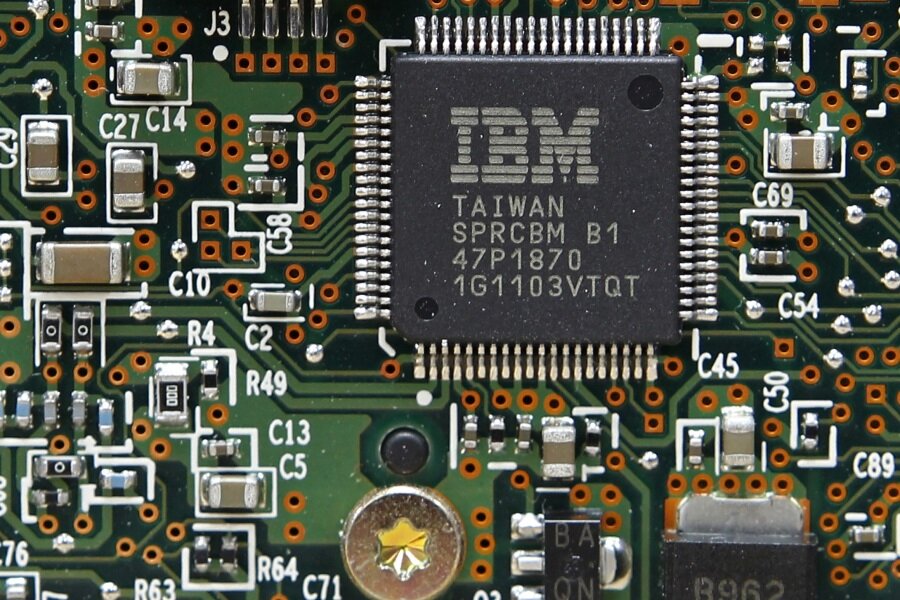IBM and Nvidia begin building the fastest supercomputers ever
Loading...
One quadrillion calculations per second: that’s the level at which a new generation of supercomputers, to be built by IBM and Nvidia for the Department of Energy, will operate. The two companies landed a $325-million contract on Friday to build two machines: one to simulate nuclear scenarios at the Lawrence Livermore National Laboratory in California, and the other to conduct civilian research at the Oak Ridge National Laboratory in Tennessee.
The two machines, to be named “Sierra” and “Summit,” will be able to calculate five to seven times faster than the fastest supercomputers in operation today, which will help the Department of Energy to sift through the more than 2.5 billion gigabytes of “big data” that are generated each day by humanity’s digital activities. This data includes all the information generated by sensors, mobile devices, social networks, and digital systems -- and the rate at which it’s being generated is growing so quickly that traditional supercomputing approaches simply can’t keep up.
Sierra and Summit will employ a new “data-centric” technique, which allows the computers to decentralize the processing of data. Rather than sending data to and from a central processor chip, IBM says, the two supercomputers will be able to interconnect thousands of different chips to mine data across a network. That interconnection will be handled by Nvidia’s NVLink technology, which will allow the chips to hand off data at extremely high speeds.
IBM has been building supercomputers for years, but Nvidia is a newcomer to the field. The company made its name building graphics chips for video games. In recent years, however, the technology used to make games look great has helped augment traditional processors, enabling them to work more efficiently. Now, IBM’s and Nvidia’s technology work together so smoothly that it would take about three million laptops to match the processing power of one of these new machines.
The two supercomputers are part of a Department of Energy project called “Coral,” which aims to further develop “extreme scale” computing. The Department says it will spend an additional $100 million to make supercomputers 20 to 40 times faster than they are today. Energy Secretary Ernest Moniz said in a statement that he expects next-generation supercomputers to lead to advances in science, national defense, and environmental research.
Sierra and Summit will be installed at the Lawrence Livermore and Oak Ridge laboratories, respectively, starting in 2017. Though each machine will be the size of a room, they will also be five times more energy-efficient than the laboratories’ current supercomputers. Under the Coral program, Argonne National Laboratory near Chicago will also get a new supercomputer after Sierra and Summit are installed.








